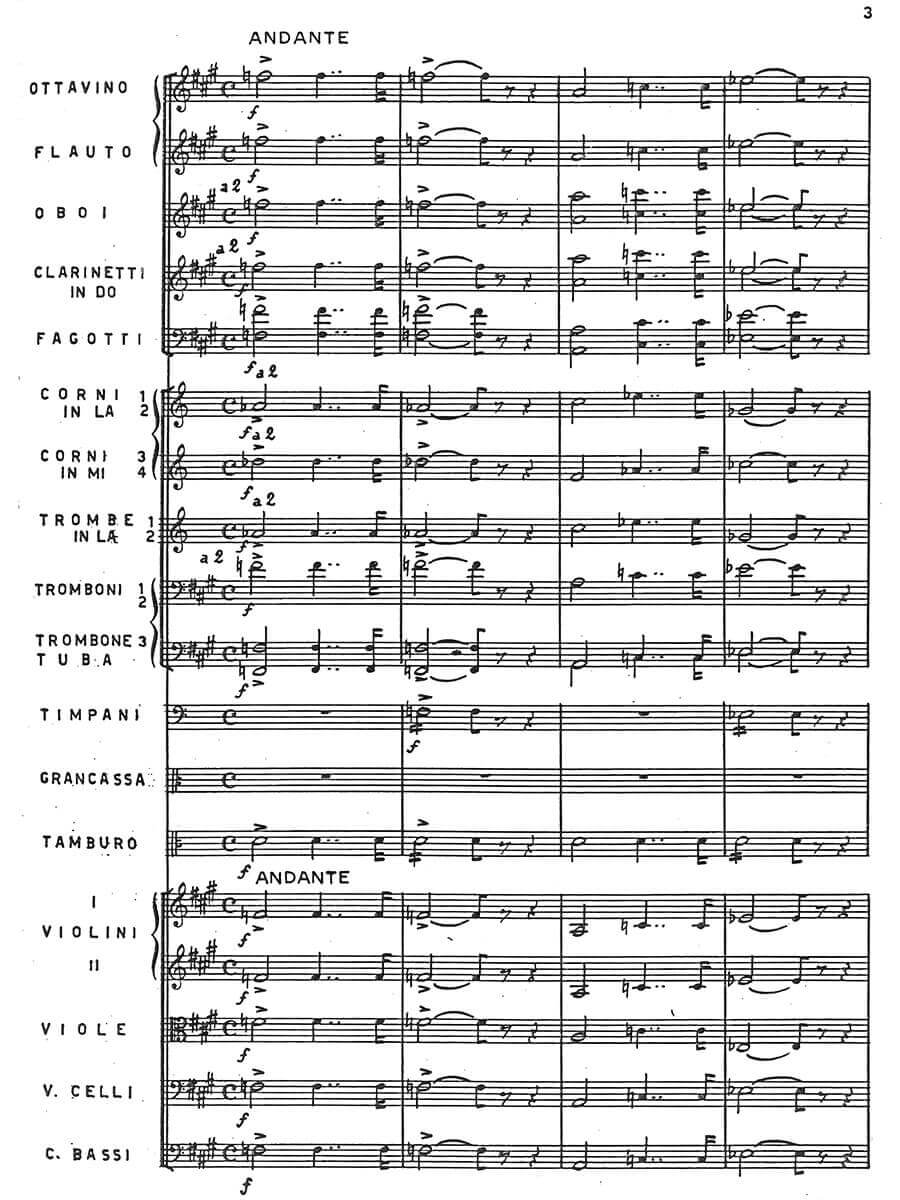Maria di Rohan, overture
Donizetti, Gaetano
28,00 €
Preface
Domenico Gaetano Maria Donizetti
Overture to
Maria di Rohan(Vienna, 1843)
(b. Bergamo, 29 November 1797, d. Bergamo, 8 April 1848)
Preface
Due to his parent’s influence, Gaetano Donizetti first considered a military life in the Austrian army, and restricted his composition efforts to only when off duty. However, by 1882 he had become so successful after the premieres of Enrico di Borgogna (Venice, 1818) and Zoraida di Granata (Rome, 1822) he was granted release from the army. Over the next decade he would write 30 operas, obtaining international fame with his tragic opera Anna Bolena. However, the skills that allowed for this productivity, his speed of composition and his tendency to rely on convention were also criticized as his weaknesses. Nevertheless he enjoyed continued success with his classic comedy L’Elisir d’Amore (1832) and his masterpiece Lucia di Lammermoor (1835). In 1840, for Paris, he premiered his La Fille du Régiment.In 1843, when Donizetti had finished his three act opera, Maria di Rohan, the Italian composer had fully achieved an international style. He reached for an operatic expression at a grander scale, immersed in spectacle, showing influence of the French, but he measured this with an effort at the symmetry and restraint typical of the Viennese. He also maintained the conventional construction of the Italian opera by number, with each character introduced in their own aria, but these appear brief and often subservient to the broader dramatic implications of the act, a sure sign that he was moving toward a more fully integrated dramatic organization.
Maria Di Rohan is a melodramma tragico (or tragic opera) that depicts court intrigue and violence in 17th Century Paris. Its libretto was derived from Lockroy and Edmond Badon‘s Un duel sous le cardinal de Richelieu and adapted for the operatic stage by Salvadore Cammarano, a librettist who had collaborated with Donizetti on at least seven operas including the famous Lucia di Lammermoor. As was expected in this period, the overture to Maria di Rohan contains thematic references to the opera that follows, nestled within a rather complicated Sonatina form.
The movement opens with an extended introduction, a dignified and threatening 6 bar theme played by trombones which is followed by a large ternary (ABA’) form, also part of the introduction, that features a lyrical theme played first by the cellos and then later by the horns. In between there is a lovely rustic theme, all leading to the exposition which introduces an ascending theme that is a premonition of music heard in the third act. Interestingly, the transition theme in the exposition refers back to the introduction, but the most exciting aspect of the form is the new theme in the coda, creating a surprising dénouement for the movement with a clear and troubling reference to Maria’s act three duet with the Knight Chevreuse. Overall in the form Donizetti has created a disturbing and quixotic maze as metaphor for the maze of courtly intrigues Maria di Rohan is about to enter into.
With his trip to Paris and his increasing tendency to create strong references between operatic numbers one is tempted to speak of where Donizetti might have been headed after Maria di Rohan and his other work in 1843, Don Pasquale. Unfortunately, his long-untreated syphilis left him paralyzed in 1844 and began to impact his reason. He was soon confined to an asylum in Paris where he languished for over a year. In 1847 he was permitted to return to Bergamo where he died on April 8, 1848.
Joseph Morgan, 2017
For performance material please contact Boccaccini & Spada ,Rome.
Score Data
| Edition | Repertoire Explorer |
|---|---|
| Genre | Orchestra |
| Size | 210 x 297 mm |
| Printing | Reprint |
| Pages | 110 |
